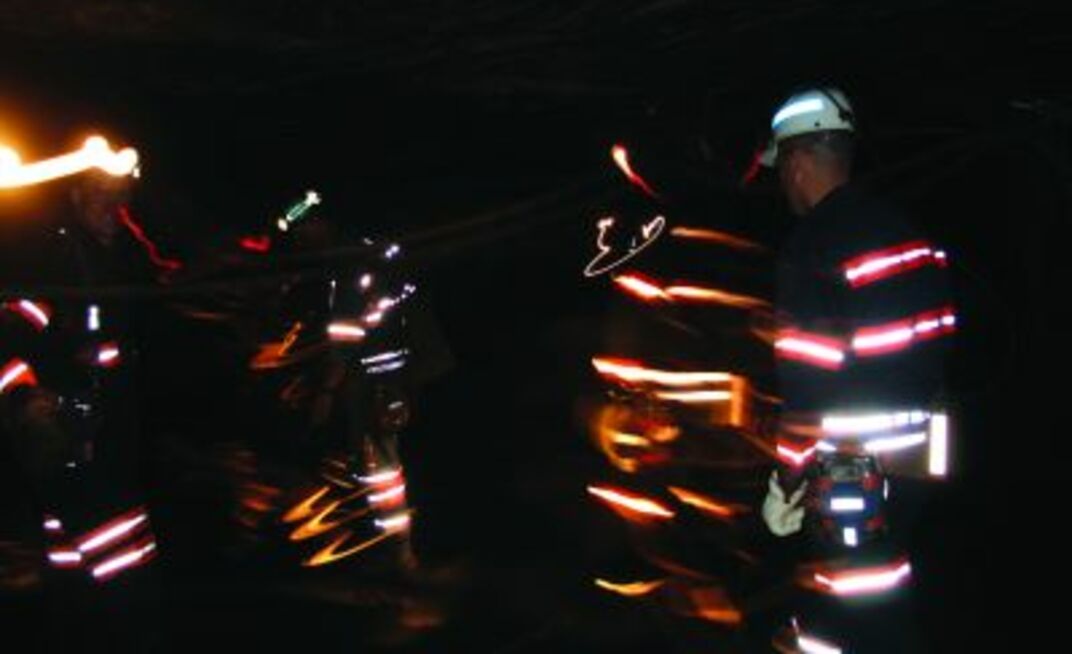There were 465 reported failures for the three years to December 2009, according to statistics gathered by the branch from mines, which must report in-service failure of the explosion-protection characteristics of explosion-protected plant.
With 1080 registered explosion-protected DES items in NSW, this means about 15% of the engines would fail to be in an explosion-protected condition at some stage during the year.
Looking at it another way, the statistics show that the explosion-protection properties on every DES would fail over seven years.
While these statistics are already concerning, Industry & Investment NSW says there are more failures than the figures suggest as the statistics do not include off-minesite failures, not all failures are reported and some DES registered in NSW might be in use in Queensland, subsequently increasing the mean failure rate.
“This is an unacceptable failure rate in view of contemporary engineering standards and the consequence of failure may be an explosive catastrophic event,” Regan said in a safety bulletin issued Friday.
“There have been several mine explosions in history where a DES may have been the source of ignition. Because of the potential consequences, a high degree of integrity in the explosion-protected properties of the DES must be maintained.”
The department has analysed the failures to come up with the most common contributors.
Failures of the engine safety shutdown circuit contributed to 57% of all system failures. Of these, low-water shutdown contributed to 32%, contamination or blockage of the shutdown circuit contributed to 18%, wrong settings, eg too high air pressure/flow rate, contributed to 17% and shutdown cylinder failures contributed to 14%.
Open-joint and fixed connection failures contributed 27% and 14% respectively.
The issues were found to be spread across all explosion-protected DES manufacturers.
Poor design, code D maintenance and onsite maintenance were all contributing factors.
I&I NSW’s analysis of the information provided by the mines highlighted several issues.
It found the reason for the failure was not always reported and the information on the cause of the failure was difficult to obtain due to the quality of reporting by some mines; the person filling out the incident form might not have had the competence to know what the root cause(s) of the failure was or might not have been senior enough to know the necessary details; it was difficult to determine whether the failure was due to reliability of the system design, competency of the code D examiner, minesite maintenance, the operator or a combination of these issues; and the OEM might not be aware of the quantum of failures on their DES.
The department also found the following information was not always provided: design registration number, item registration number, the machine type (OEM) and model, and the last code D and workshop.
I&I NSW issued a number of recommendations, including:
- Designers, manufacturers and suppliers should refer to clause 88 Occupational Health and Safety Regulation 200; provide information to relevant stakeholder on improvements resulting from risk assessment reviews; review the safety integrity level on safety shutdown circuits; comply with AS/NZS 3584.2 and provide fail-to-safety engine-shutdown systems which are verified by risk assessment; and provide realistic lifecycle maintenance information.
- Mine operators should ensure people undertaking safety inspections, examinations or maintenance activities on DES are competent for the particular DES in use; provide a maintenance management system compliant to AS/NZS 3584.3; inspect, test and maintain the DES under manufacturer procedures; have competent people investigate and document all failures of explosion-protected DES and report the relevant information to the manager of mechanical engineering and I&I NSW; and notify the OEM of any design faults identified or areas where failure occurs regularly.
- Have an inspection/maintenance system that ensures all safety features and warning devices on the DES are maintained and tested at appropriate intervals by appropriate methods; at appropriate intervals, check dual sensors individually.
- Have code D examinations carried out by an organisation with appropriate quality systems, equipment, procedures and competent people for such work.
- Organisations carrying out overhauls, alterations and code D examinations should carry any work out in accordance with AS 3584.3 and the information provided by the designer/manufacturer; develop a program to implement systems in accordance with LU10-01; only work on DES where all relevant documentation is available; ensure that only people competent with the particular DES undertake work; and record results of all work carried out.
A full list of recommendations is available as a safety alert from the department.

























